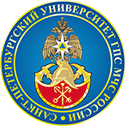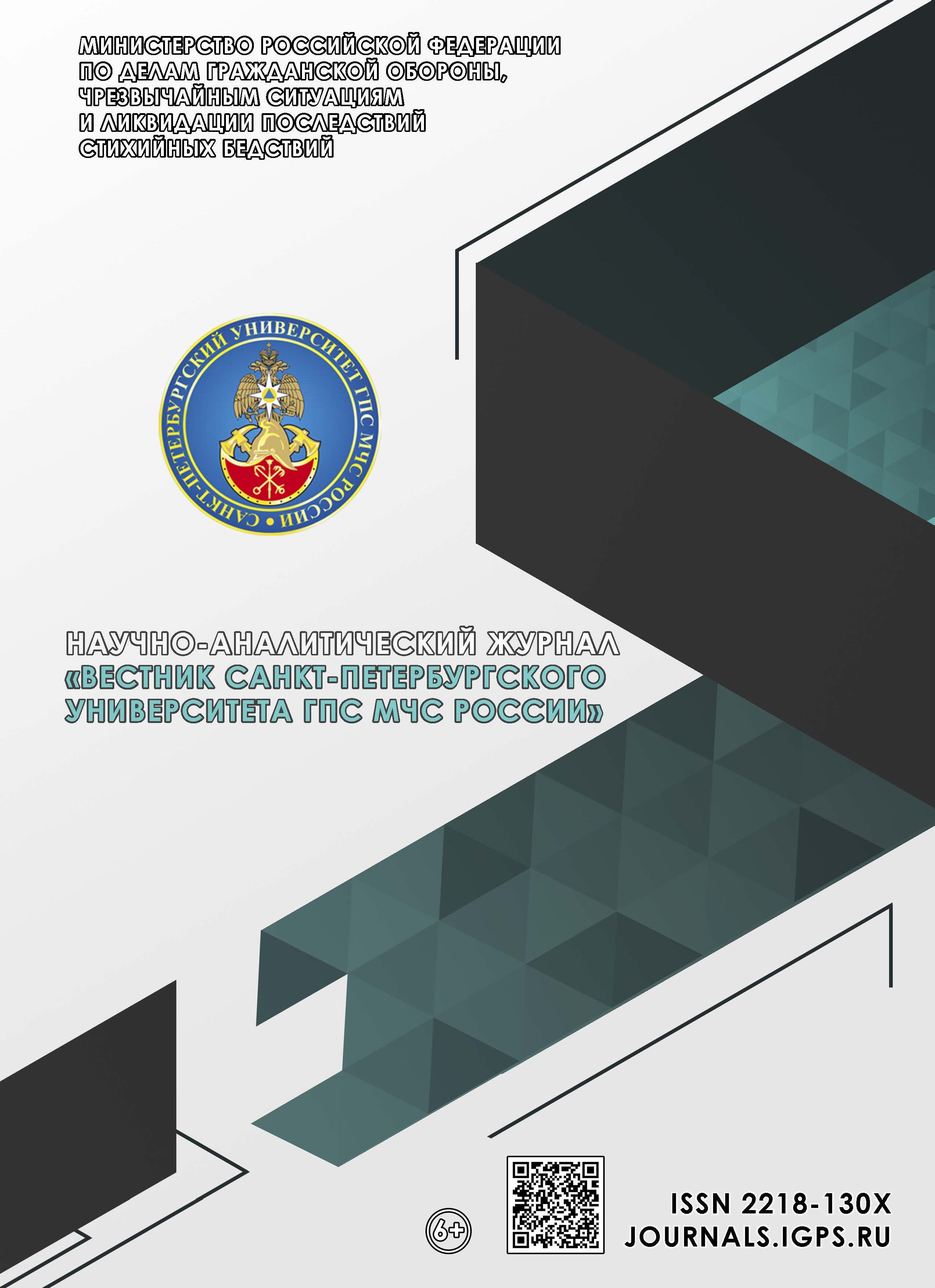Russian Federation
Russian Federation
Russian Federation
Russian Federation
The problems of shortwave radio communication organization are considered in the Arctic region. Possible ways to solve them are identified, as well as ways to develop this type of communication in the regions of the Far North and other hard-to-reach areas of the Russian Federation. A brief analysis of the results of monitoring and testing of new communication equipment was carried out within the framework of Interdepartmental experimental research exercises of the forces and Means of EMERCOM of Russia, which were held in 2023. Based on the results of the analysis, scientifically based recommendations on the use of communication equipment have been developed and the use of rescue units of EMERCOM of Russia in the Arctic zone of the Russian Federation. Shortwave radio communication may be the only alternative when working in the Arctic region or in other hard-to-reach areas. As a result of the activities carried out in the Arctic integrated emergency rescue centers The EMERCOM of Russia began to receive modern high-tech communication equipment for operation.
Arctic, Far North, Northern sea route, life safety, geomagnetic disturbances, shortwave radio communication, software-defined radio, mobile communications
1. Vorob'ev A.V. Organizaciya radiosvyazi v Arktike // Sovetskaya Arktika. M.: Izd-vo Glavsevmorputi, 1935. № 3. S. 37–41.
2. Organizaciya radiosvyazi podrazdelenij MCHS Rossii, vypolnyayushchih zadachi v Arkticheskom regione: otchet o NIR (zaklyuchitel'nyj). SPb., 2018. Inv. № 40/NII. 56 s.
3. Issledovanie i analiz primeneniya programmno-apparatnogo kompleksa KV radiosvyazi dlya organizacii vzaimodejstviya v blizhnej zone (do 300 km) pri likvidacii posledstvij CHS kak sostavnogo elementa perspektivnoj kompleksnoj sistemy svyazi podrazdelenij MCHS Rossii, vypolnyayushchih zadachi v Arkticheskoj zone Rossijskoj Federacii: otchet o NIR (zaklyuchitel'nyj). SPb., 2020. Inv. № 36/NII. 34 s.
4. Galkin V.A. Osnovy programmno-konfiguriruemogo radio. M.: Goryachaya liniya – Telekom, 2013. 372 s. ISBN 978-5-9912-0305-0.
5. Software defined radio: architectures, systems, and functions. Dillinger M., Madani K., Alonistioti N. Wiley, 2003. 416 p.
6. Kuz'michev A.P. Problemy organizacii svyazi s trudnodostupnymi i polyarnymi stanciyami // Rossijskie polyarnye issledovaniya. 2014. № 3 (17). S. 24–27.
7. Gorbushina G.N., Driackij V.M., Zhulina E.M. Instrukciya po raschetu korotkovolnovyh linij radiosvyazi na vysokih shirotah. M.: Nauka, 1969. 109 s.
8. Papyrin V.V., Sidorov V.K. Nekotory`e aspekty` organizacii cifrovoj korotkovolnovoj radiosvyazi v Arktike // Nauch.-analit. zhurn. «Vestnik S.-Peterb. un-ta GPS MCHS Rossii». 2019. № 3. S. 1–6. EDN EBBYNR.
9. Papyrin V.V., Sidorov V.K. Problemy` organizacii korotkovolnovoj radiosvyazi v Arktike i vozmozhny`e puti ix resheniya // Nauch.-analit. zhurn. «Vestnik S.-Peterb. un-ta GPS MCHS Rossii». 2020. № 1. S. 1–4. EDN XBAMBP.
10. Sovremennye problemy radiofiziki i radiotekhniki: Omskij nauch. seminar. Omsk: Omskij gos. un-t im. F.M. Dostoevskogo, 2019.







